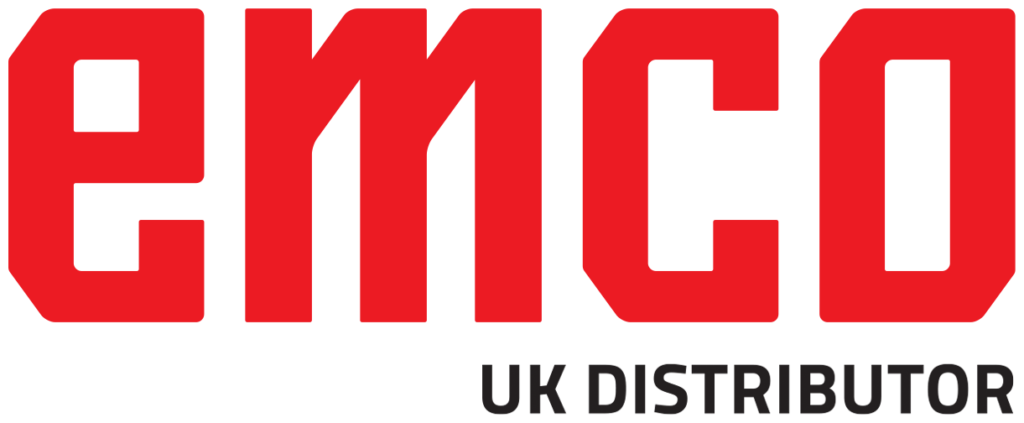The Problem:
Traditional composite tooling has two major problems: It takes too long to produce and it is very costly.
Lead times for traditional aluminum, steel, invar or FRP (fiber reinforced polymer) tooling are usually measured in weeks and months and costs often skyrocket well into the tens of thousands of dollars, even for relatively simple tool geometries. These long lead times and high costs hinder the pace of development and can prevent design optimization and product innovation.
The Solution:
3D Printing (Additive Manufacturing)
OEMs and leading tier suppliers in the aerospace industry have been utilizing 3D printing for rapid production of cost effective composite tooling for many years. Boeing for instance revealed their use of FDM (fused deposition modeling) technology for this application way back in 2012 as part of a SAMPE (Society for the Advancement of Materials and Process Engineering) technical paper describing their development effort for large, complex, out-of-autoclave cocured structure.
3D printing is an automated additive manufacturing technology that produces parts by building up material layer-by-layer. FDM (Fused Deposition Modeling) is a 3D printing technology that uses an extruder mounted to a gantry system to precisely place molten thermoplastic materials layer-by-layer, in a highly controlled, automated process.
Back in 2012 and until recently, 3D printer capabilities and material properties, namely temperature resistance, have limited the applications of 3D printed composite tooling. However, Stratasys has recently invested substantially in providing 3D printing solutions tailored to the unique needs of the composite tooling market. The launch of the high-temperature thermoplastic ULTEM 1010 resin, a 2X+ improvement in throughput, and detailed design guides focused on composite tooling, are enabling users of FDM technology to significantly disrupt the composite tooling supply chain.
Stratasys development of high-temperature materials and increased throughput allow their production level printers to produce high-temperature lay-up tooling in hours or days, rather than the weeks or months it would take to produce and procure tooling made from traditional approaches. Further, 3D printed tooling can offer disruptive cost savings compared to traditional tooling materials and numerous other less quantified benefits, such as dramatic weight savings. Case studies with OEMs like Dassault Falcon Jet illustrate the potential for up to 90% reduction in cost and lead time.
Capabilities:
3D printed composite tooling, specifically tooling produced on Stratasys FDM machines out of ULTEM 1010 resin, is capable of handling  repeated exposure to the common, but still extreme autoclave cure cycles of 350°F at 90 psi.
repeated exposure to the common, but still extreme autoclave cure cycles of 350°F at 90 psi.
The tooling can be finished through a variety of methods to achieve vacuum integrity and a surface roughness below 16 µin Ra (0.4 µm). Common finishing methods include manual abrasion and the subsequent application of high temperature, two-part epoxy resins, skim coat machining, and the application of FEP release films.
The additive nature of 3D printing results in material only being placed where it is needed and thus great efficiency and minimal waste are a natural product of the process. This not only significantly reduces material usage but also cuts the weight of tooling dramatically. This optimization allows for the tooling to be handled by human operators rather than cranes or lifting devices, which further reduces recurring costs and operational inefficiencies.
So it’s faster, cheaper and has numerous other benefits…What’s the catch?
As noted, the benefits of FDM for composite tooling are numerous and extremely compelling. That said, there are some limitations and important considerations of which to be mindful to ensure successful use and implementation.
Thermal Expansion (CTE) – The primary consideration with 3D printed tooling is the relatively high CTE of currently available materials. Because the tooling is composed of neat (unfilled) thermoplastics, it has a relatively high CTE. The CTE of ULTEM 1010 resin, Stratasys’ primary composite tooling material, is roughly double that of aluminum alloys. When working with male mandrels, the higher CTE of ULTEM can be used as an advantage to increase ply consolidation and ease mandrel removal. However, for some deep draft female shapes, it does present some challenges. Please refer to our design guides for more detail on how to address such challenges.
Size – Another consideration for FDM tooling tends to be addressable tooling size ranges. The largest build volume for current Stratasys FDM printers is 3’ x 2’ x 3’. Although larger tooling is frequently printed in segments and bonded together, this can start to erode the value proposition to a degree, if the tooling has to be sectioned more than a couple times, particularly if in multiple directions. This is simply due to the additional material required to “beef up” joint areas and the increase in touch labor required to assemble the tools. For many cases, the benefits still outweigh the drawbacks, but it is still something to keep in mind when considering for larger structures.
Tool life – As mentioned previously, tool life has not been completely characterized as it varies based on such a broad range of factors (e.g. specific cure cycle parameters, tool geometries, tool design/construction, sealing methods, etc.), but for low volume applications (1-50 or possibly up to ~100 cycles), the studies performed to date are promising. And for many cases, the low cost of implementation could even allow for the planned use of multiple tools for less than the cost of a single metallic or FRP tool.
Summary
3D printed composite tooling offers composite manufacturers, OEM’s, and tooling suppliers a capable, fast, and cost-effective alternative to incumbent high-temperature tooling technologies. Early adopters of this technology are already reaping the benefits of the competitive advantage that 3D printed tooling offers.


